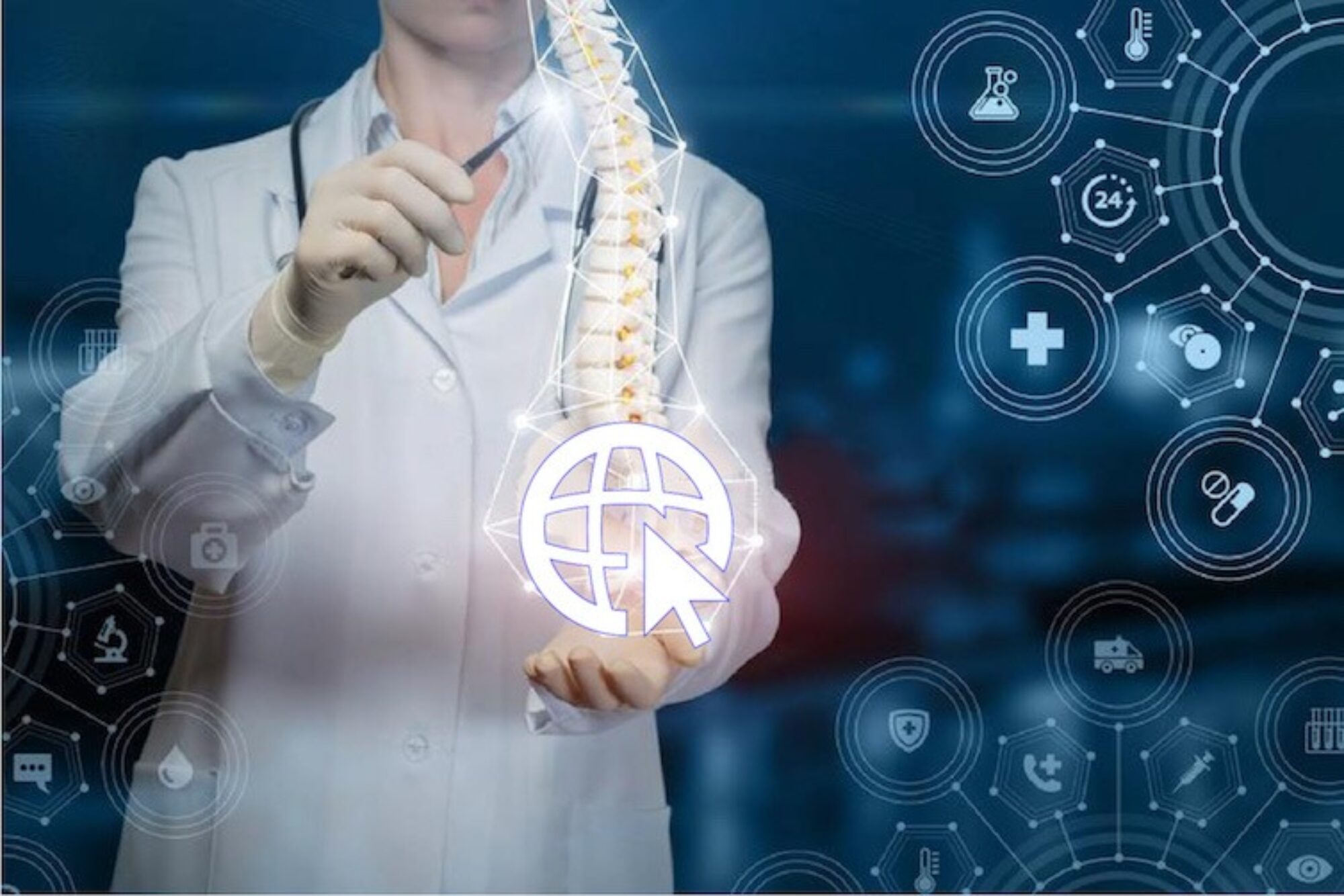Although traditional cervical spondylosis including radiculopathy, myelopathy, axial neck pain and vertebral artery insufficiency has been frequently reported in the literature, studies focusing on cervical spondylosis‐induced venous outflow disturbance are still lacking. In our clinical practice, we have noticed that a large percentage of IJVS patients display with osseous impingement or compression,
with the first cervical vertebra (atlas, C1) being the major contributor. As the IJV passes over the anterior aspect of the transverse process of C1 and once the cervical vertebral structure changes, this IJV segment is likely to be compressed. Given that, we bring forward a novel concept: “cervical spondylotic internal jugular venous compression syndrome,” to depict the clinical presentations
and imaging features in patients with this issue…. To our knowledge, extracranial venous drainage impairment is
associated with a number of brain disorders.
The clinical presentations in this cohort with osseous impingement are quite similar to a previously reported cohort of IJVS without external compression, including headache, head noise or tinnitus, sleeping disorder and even hearing or visual impairment, denoting that IJVS with different etiologies may share the same pathological mechanisms, irrespective of whether there exists external compression or not…
Importantly, stenosis and abnormal collateral veins shown by MRV or CTV are essential for the diagnosis of symptomatic IJVS. At this time, an inadequate understanding of symptoms and signs of cervical spondylotic IJVS may underestimate its clinical significance….
Previous studies have shown uncertain results regarding the
effect of endovascular stenting on IJVS patients with multiple
sclerosis…
CONCLUSION
This study proposes cervical spondylotic IJV compression syndrome as a new cervical spondylosis subtype. A better understanding of the clinical presentations and imaging features of this type of cervical spondylosis can be of great relevance to clinicians in making a proper diagnosis.
Compression from the transverse process of C1 alone was more common in unilateral IJVS, while dual compression from the transverse process combined with the styloid process was more likely in bilateral IJVS. Moreover, the lateral tubercle and styloid process resection may be a promising option to address cervical spondylotic IJVS‐associated symptoms. Given the limitations mentioned above, well‐designed clinical trials with large sample size are required to further investigate this disorder.
Study: Vascular stenosis was present in 69 out of the 92 IJVs, in which, 50.7% (35/69) was caused by the compression from the transverse process of C1, 44.9% (31/69) by the compression from the transverse process of C1 combined with the styloid pro‐ cess, and 2.9% (2/69) by the styloid process. Only 1 (1.4%) stenotic vessel was not due to extrinsic compression.

